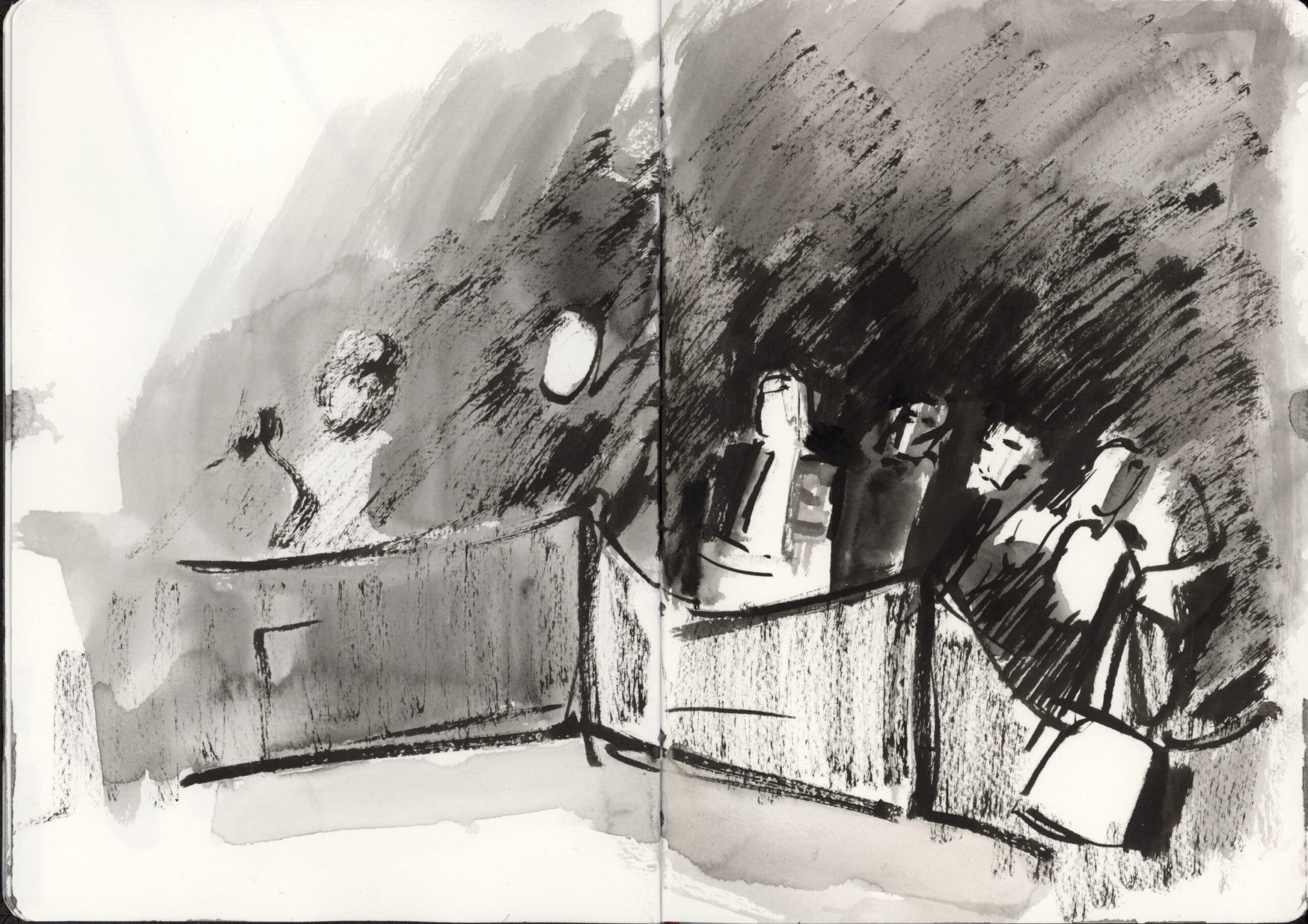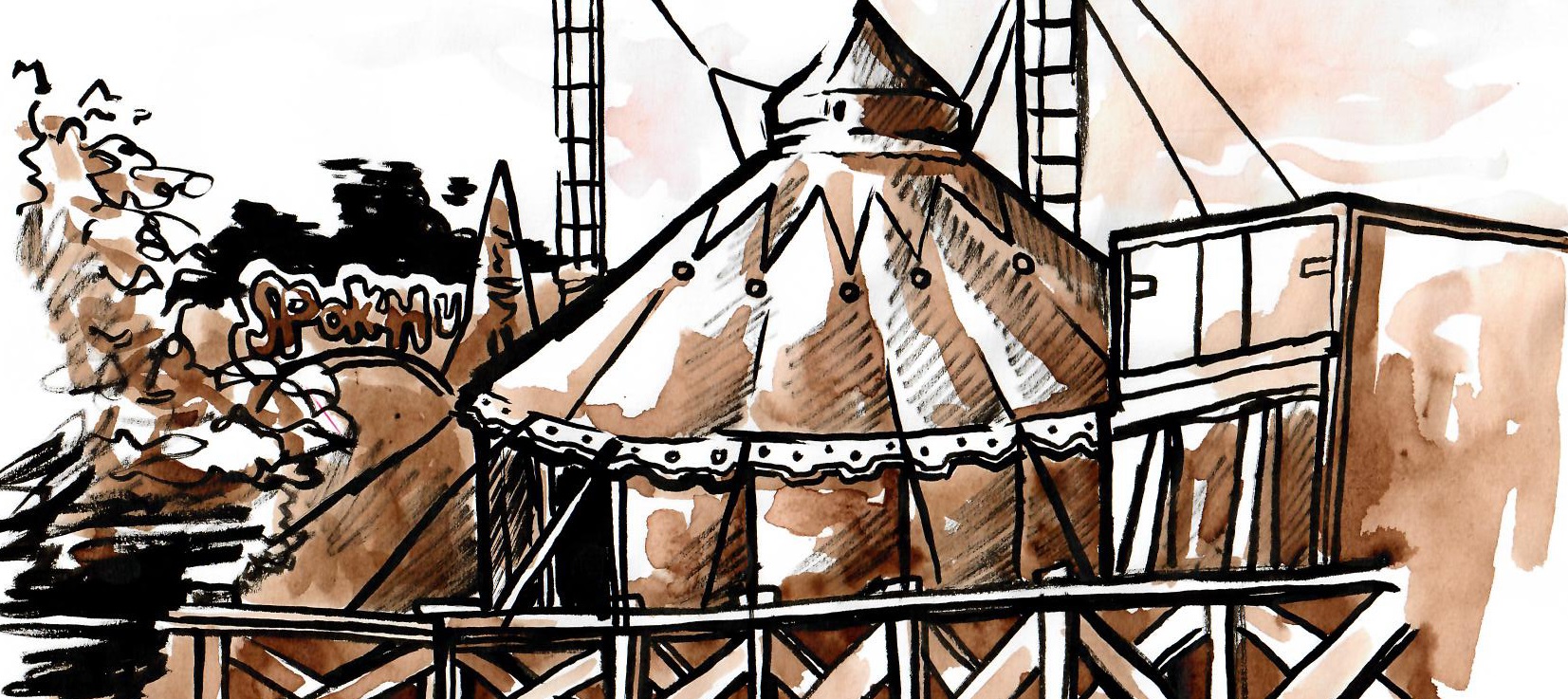Tag: Freak Show
-

Freak Show, an Autopsy
in
Freak Show, a larp held in an abandoned amusement park in Finland. The larp told the story of the last freak show and explored otherness through a romantic gothic horror setting. The participants played a family of outcasts and freaks who struggled to survive in a hostile world. The story ended with the devil coming…
-

Let’s Talk Freak Show
An honest, possibly scrambled, and very emotional review and critique. Trigger warning: Contains coarse language and depictions of violent acts. In September 15-17, 2017, I attended the larp Freakshow by Nina Teerilahti, Alessandro Giovannucci, Dominika Cembala, Martin Olsson, Morgan Kollin, and Simon Brind. The larp was held in Vaasa, Finland. Pre-game painting of Charlie “Edge”